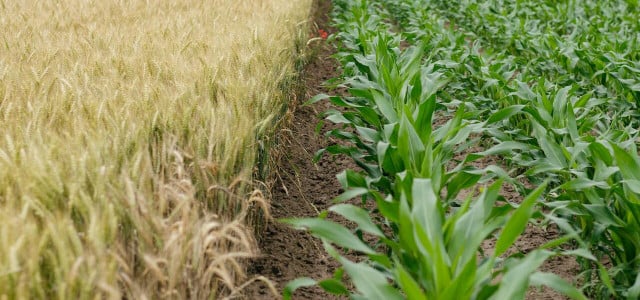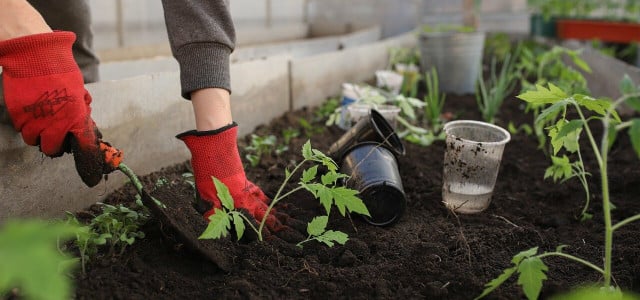What is crop rotation and why is it important? We'll take a closer look at this ancient farming practice and how it impacts the environment.
Crop rotation is the farming practice of sequentially planting different crops on the same patch of land. Dating back to ancient Mesopotamia and China, it is one of the oldest agronomic methods used by farmers to help control nutrient and water balances of soil, as well as pest and disease infestations. The practice of crop rotation is commonly done in one, two, or three year rotations.
- One Year: One crop is planted for the first half of the season, followed by a different crop for the second half.
- Two Year: A two-year rotation involves planting one crop for the first half, another for the second half, and then selecting a different third and fourth crop to plant in the second year.
- Three Year: The most diverse option, as a total of 6 different crops are planted in succession, each one adding the nutrients into the soil that the subsequent crop needs.
Benefits and Drawbacks
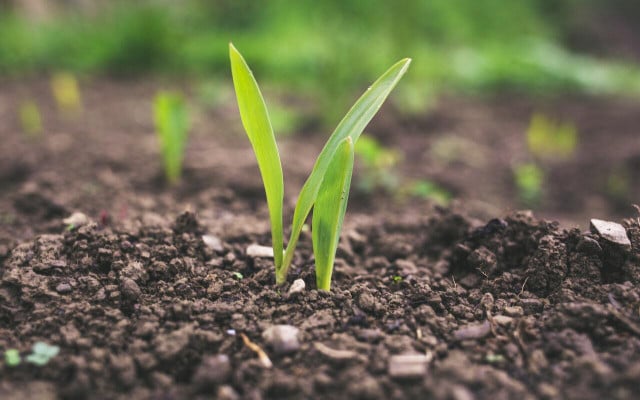


(Foto: CC0 Public Domain / Unsplash / )
Crop rotation is essential in organic gardening due to its environmental benefits, as it can help to interrupt pest and disease cycles as well as reduce the stress of weeds. Each crop comes with its own set of pests, so by rotating crops, farmers are able to eliminate their food source and starve them out. Diseases are also reliant on the makeup of the soil, so by altering that through the addition of new plants, the diseases aren’t able to thrive.
One of the primary reasons for rotating crops is to help regenerate the soil. Each plant species releases unique photosynthates into the soil, which influences microbial biodiversity. This biodiversity supports soil function along with plant health, as nutrient-rich soil is more fertile and will have higher yields. Crop rotation can also help improve the soil structure and reduce the risk of soil erosion.
Although crop rotation can be a very sustainable farming practice, there are certain drawbacks to keep in mind. As a farmer, crop rotation involves a great deal of risk and requires a lot of technical knowledge. If done improperly, crop rotation can actually harm the land. It also involves obligatory crop diversification, which can be difficult if the growing conditions aren’t suitable. This is typically why monocultures are popular in certain parts of the world.
How to Use Crop Rotation in Home Gardens
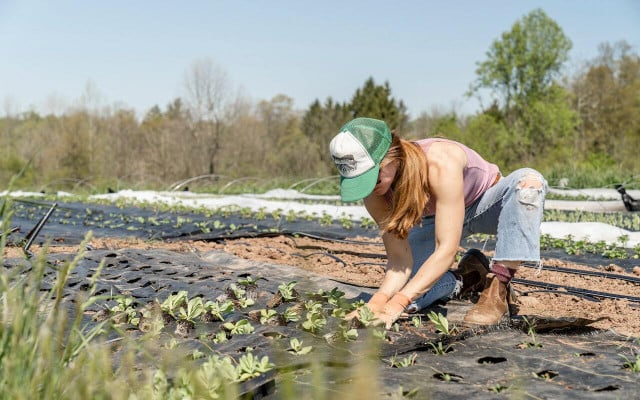


(Foto: CC0 Public Domain / Unsplash / Zoe Schaeffer)
The soil in your garden is a living organism, which means it needs to be cared for in order to thrive. When used properly, crop rotation can play a huge role in regenerative agriculture – especially when it’s combined with cover crops. For home gardens, crop rotation could simply look like changing the location of your plants in the garden each year. You don’t have to skip planting tomatoes just because you grew them last year. Just aim to follow these guidelines when implementing crop rotation in your home garden:
- Rotate plant families.
- Provide as much space as you can when rotating – the further away you can plant from the previous year’s spot, the better.
- Allow as many seasons as possible to pass before you return a plant family to a previous location.
Crop Rotation in the United States
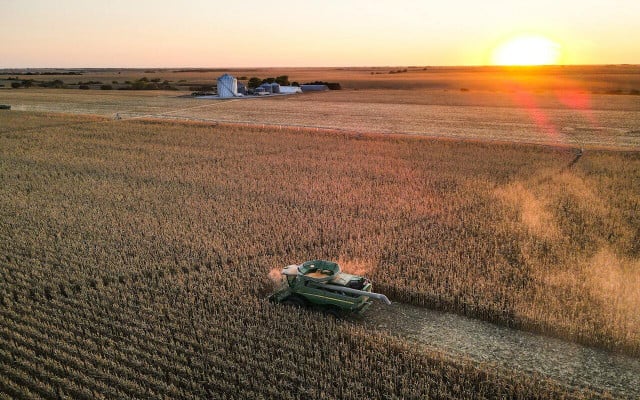


(Foto: CC0 Public Domain / Unsplash / Taylor Siebert )
According to the USDA, the majority of the cropland across the United States uses crop rotation. The most widely adopted rotation is a two-year rotation of corn and soybeans, though wheat is also commonly added into the mix.
The benefits of crop rotation all depend on how it is being used – just because a farm is using the practice doesn’t mean that the soil is getting proper nutrients or that there are large amounts of diversity in the crops. Commercial farms are less likely to use complex crop rotations which involve up to 12 different crops – they tend to stick to simple rotations of 3-4 crops.
Smaller, organic farms tend to understand the importance of proper crop rotation as it relates to pest and weed control (as well as increasing the yield of their plants) better than commercial farms. This is because they don’t rely on chemical fertilizers, pesticides, or herbicides when growing their produce, so they look for natural ways to combat these issues.
Read more:
- What Are CSA Farms? A Guide to Community-Supported Agriculture
- Human-Environment Interaction: Definition & Examples
- Native Gardening for Wildlife: Benefits and Tips for Beginners
Do you like this post?






